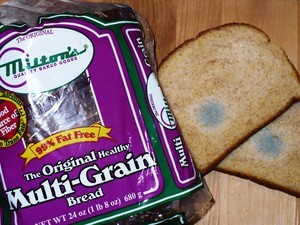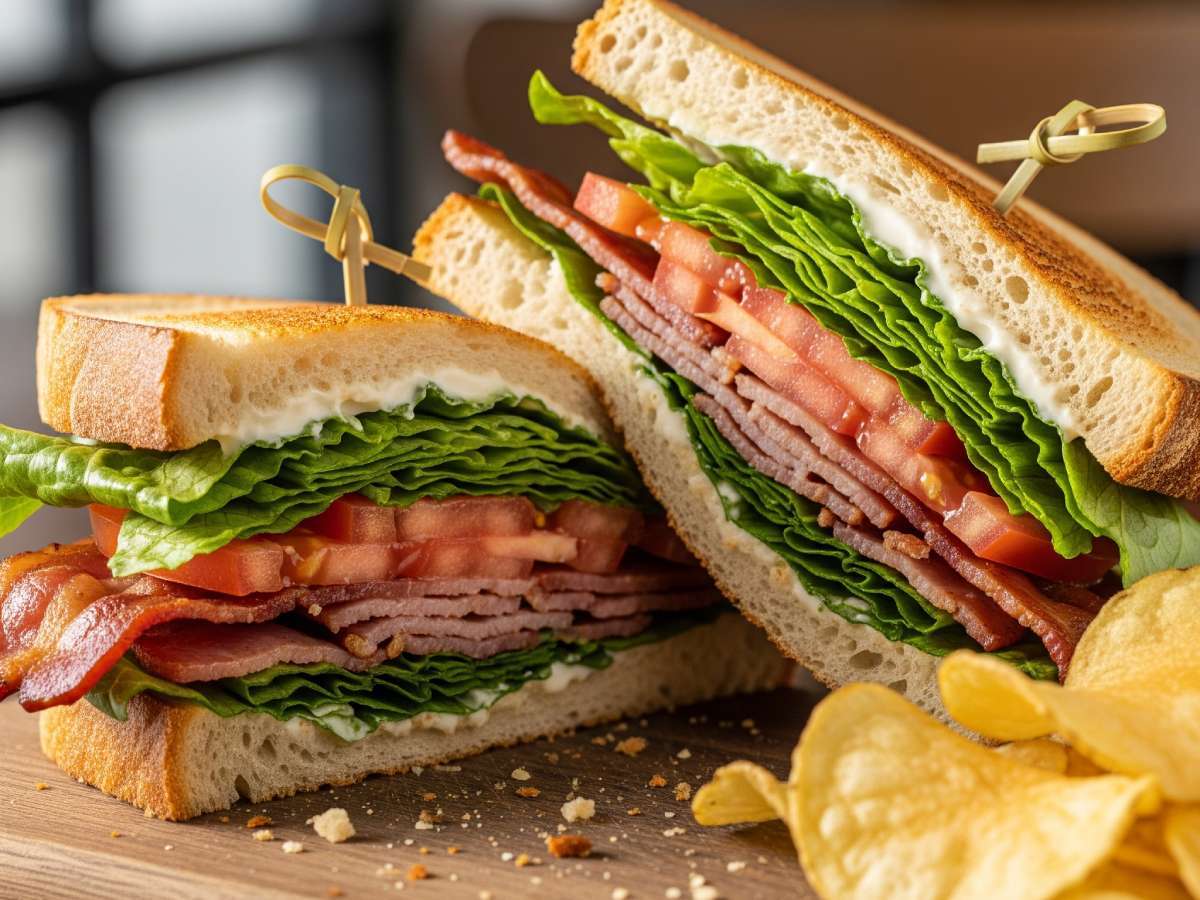 Once food mold has formed, is the remainder of the item unsafe to eat?
Once food mold has formed, is the remainder of the item unsafe to eat?
I know if I opened every leftover container in my refrigerator, odds are pretty good at least one would have a fuzzy growth started somewhere.
Maybe there’s a bad spot on a tomato, or a strange substance growing on a jar of jam that’s been around for awhile. If it’s only on the surface, does the whole jar have to be tossed out?
Contrary to what many may believe, some moldy foods are still quite usable. Even when they’re completely covered in mold.
For example, hard salami and certain cheeses only require that the surface mold be washed off. By cutting away the moldy section of firm overripe fruit, the remainder is safe to eat.
Food Mold Facts
Here are the best tips for dealing with food mold:
- Understanding The Use By Dates On Dry Foods & Canned Goods
- When Is It Okay To Eat Moldy Food?
- See Which Moldy Foods Are Dangerous
- Moldy Food: When To Use & When To Discard
- Tips For Handling Moldy Food
- What To Eat And What To Throw Away
- 4 Moldy Foods You Can Eat
- Slideshow: Moldy Foods You’re Probably Wondering About
In the end, it’s best to avoid buyer’s remorse (and food poisoning!) when it comes to perishable food items.
Buy only what you can eat in a few days, unless you are prepared to properly process the excess. You may find that food mold can spoil your investment sooner than you think. So much for saving money when buying in bulk!




